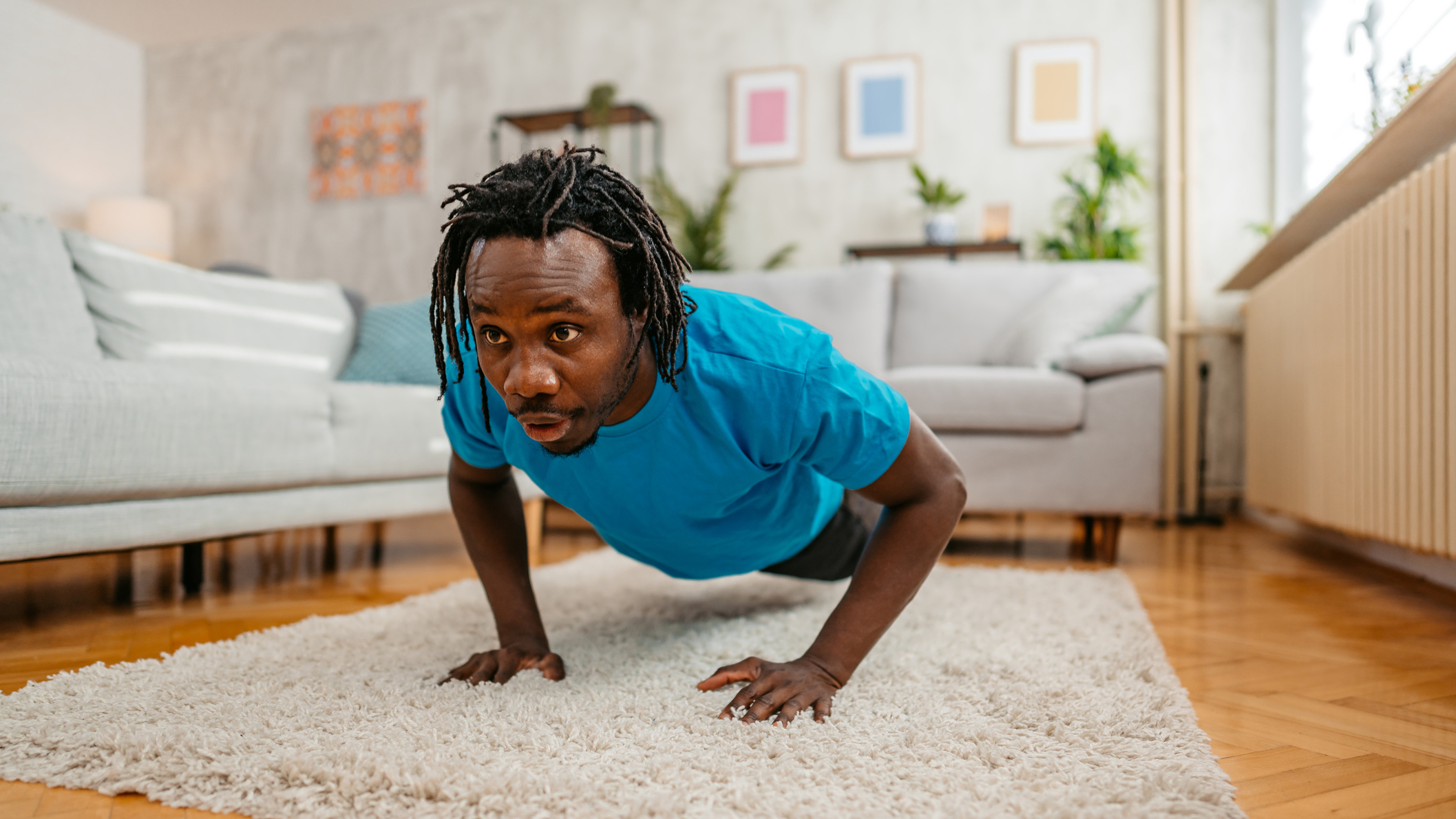
While calisthenics has existed for centuries, the low-impact workout has rarely gone out of style. "It originates from ancient Greece during the Spartan era and is typically referred to as 'beautiful strength through body control'," says certified trainer Lewis Paris.
Unlike other types of strength training which use free weights to add resistance, calisthenics workouts typically use compound exercises that use your bodyweight as resistance. While you may have watched impressive feats of strength and control on YouTube, beginners can start with familiar exercises like squats, planks, lunges, leg lifts, pull-ups and burpees.
Like other forms of strength training, calisthenics helps to build muscle, improve strength and muscular control, and increase mobility. A 2017 study found an eight-week calisthenics program could also improve posture and body composition too.
Calisthenics is a great place to start if you're new to strength training, and it's still valuable as you gain experience. For instance, Paris notes that you can use calisthenics routines, like the one below, as a warm-up before weight training. "The exercises prepare the body for the workout ahead, you increase the ROM (range of motion) around the joints for ease of movement and you build overall strength which can then be applied and interchanged between weight training," says Paris.
Beginner calisthenics workout
1. Push-up
What it does: "This exercise will help build upper-body strength, stability and power," says Paris.
Targets: Pecs, shoulders, triceps, core and lats.
How to do it:
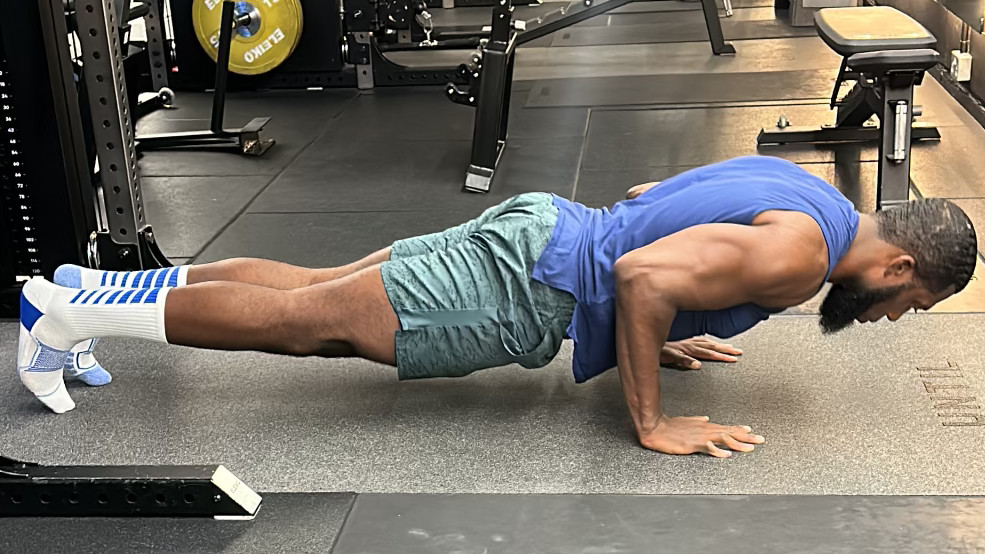
- Start on your knees and place your hands on the floor slightly wider than shoulder-width apart.
- Retract your shoulder blades, pulling them down your back. This will help engage your lats, which will support your chest and take the pressure off your shoulders.
- Lift your knees off the floor and extend your legs to move onto your toes.
- Engage your core and tuck your tailbone under your hips (technically called a posterior pelvic tilt).
- Bend your elbows to lower. Don't let your elbows flare out to the sides, keep them pointing behind you.
- When your chest is just above the floor, your hands should be in line with your nipples.
- Push back up to full arm extension, keeping your core engaged to avoid your hips dipping.
2. Inverted row
What it does: “The inverted row will help build strength and develop better posture,” says Paris.
Targets: Rhomboids, lats, low/mid traps, rear deltoids, rectus abdominis, biceps, forearms and grip.
How to do it:
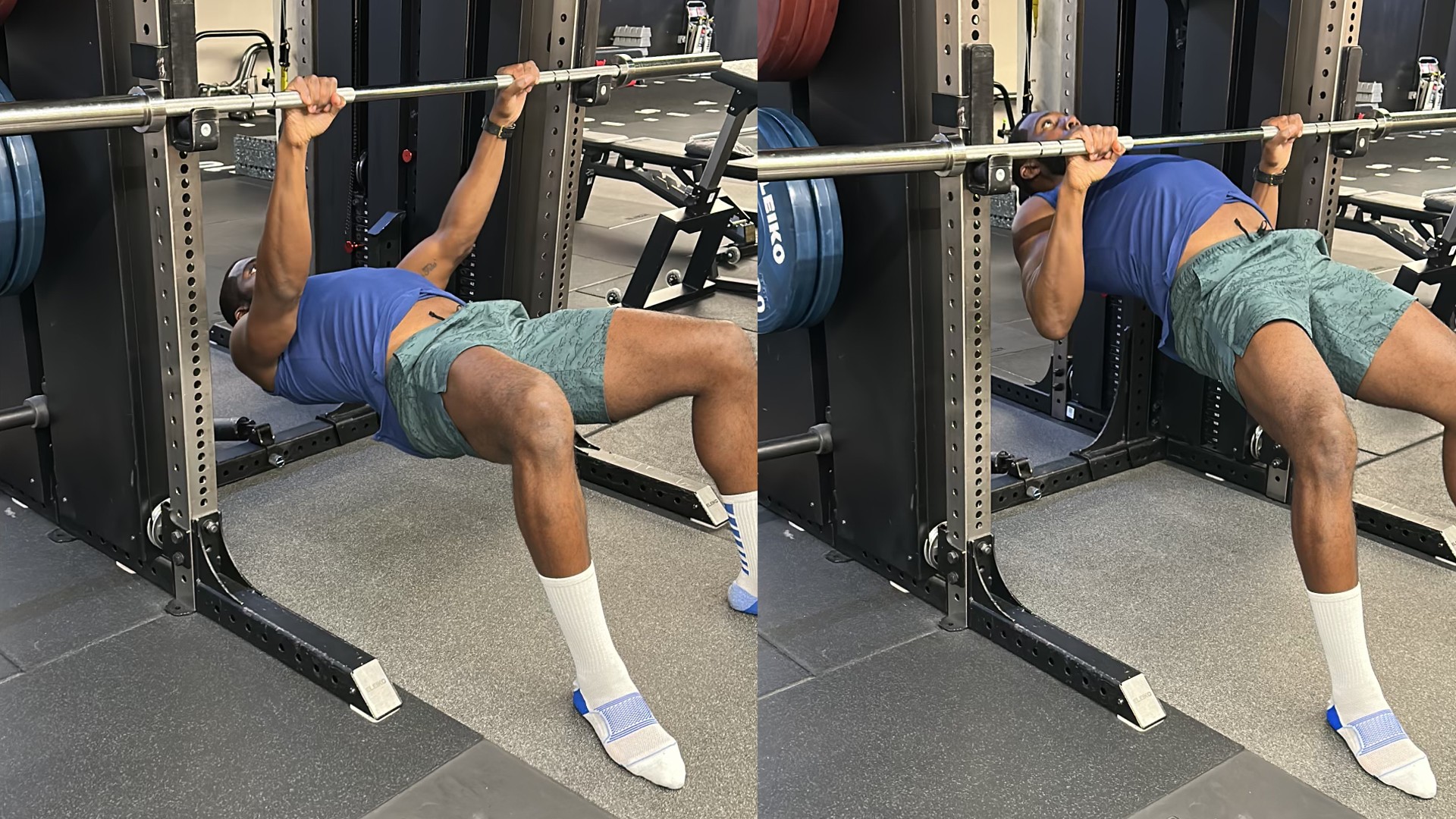
- Sit beneath a barbell in a squat rack and take hold with your hands just wider than shoulder-width apart, palms facing forwards.
- Lift your hips so your body is in a straight line from shoulders to knees, with your torso parallel to the floor. Your knees should be bent and feet flat on the floor. Your arms should be extended.
- Engage your core, and retract your shoulder blades to engage your lats.
- Pull your chest to the bar, aiming for the bar to hit below your chest.
- Lower under control.
3. Walking lunge
What it does: "Walking lunges will help build hip mobility, leg strength, stability, balance and coordination," says Paris.
Targets: Quadriceps, rectus abdominis, glutes, hamstrings and calves.
How to do it:
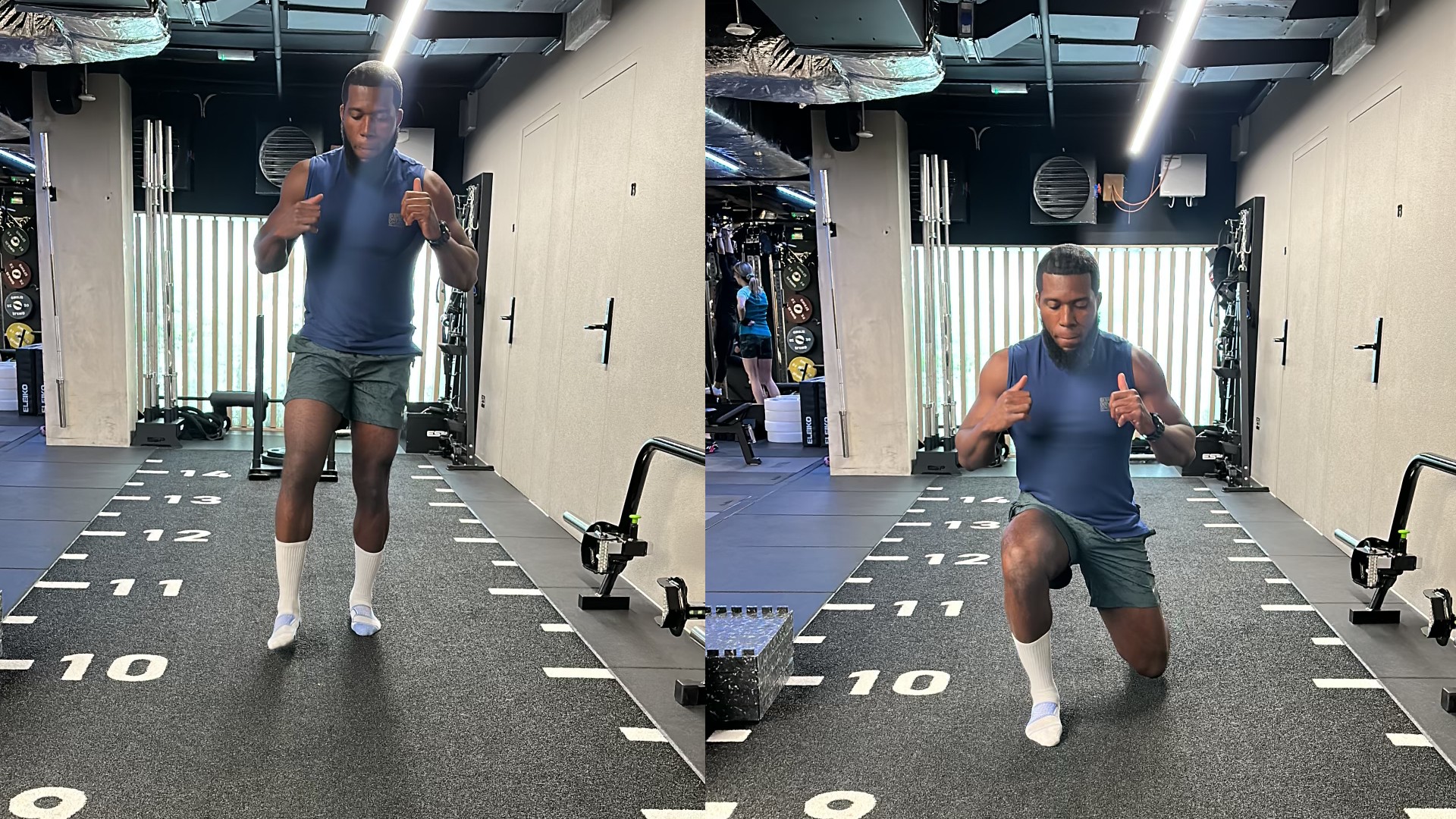
- From standing, take a large step forward with your right foot.
- Bend both knees to lower, until both knees are bent at 90°.
- Lean forward slightly over your front leg with a neutral spine, and push through your right foot to stand up, bringing your left foot forward and through, taking another step forward.
- Bend your knees to lower again. Continue lunging forward in this fashion.
- Focus on your balance and stability as you move. Aim to avoid touching the floor with your trailing foot as you step forward.
4. Russian twist
What it does: "The Russian twist will help build core endurance and strength for posture support and development," says Paris.
Targets: Abdominal muscles, obliques, lower-back muscles and the stabiliser muscles including the erector spinae, hip flexors and latissimus dorsi.
How to do it:
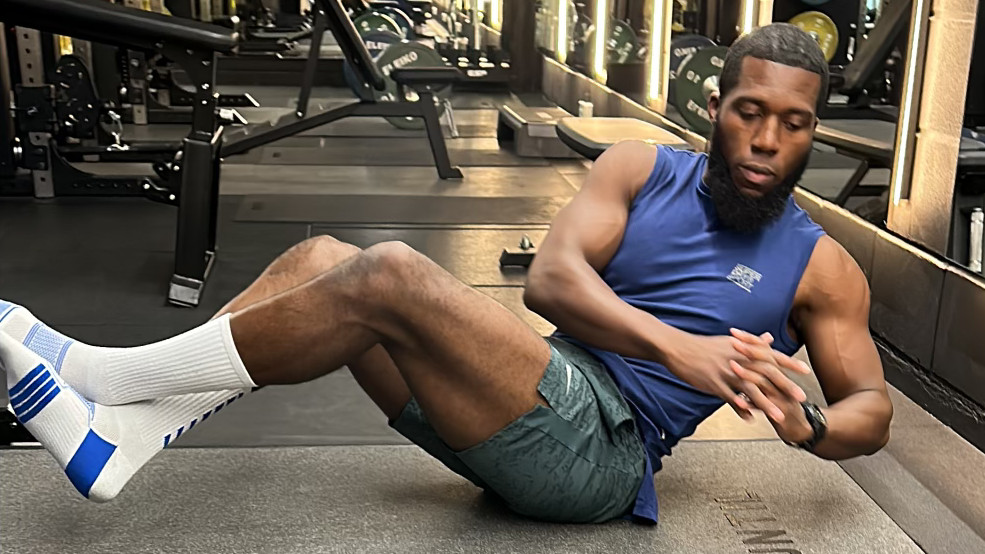
- Sit on the floor with your knees bent and feet flat on the floor.
- Engage your core and lean back to lift your feet just off the floor.
- Rotate your torso to one side, then the other. Make sure your chest faces the way you twist.
- If you feel any lower-back pain, perform the exercise with your feet on the floor.
Calisthenics training tips
Follow these principles as you start calisthenics training.
Start with straight sets
"Start off by incorporating both bilateral and unilateral movements, working through one exercise at a time," says Paris. "This way you can focus on performing the exercise at the highest quality allowing for better performance and technique. Then, slowly progress with supersets and circuits."
Adjust exercises as needed
Unless you're working with an in-person trainer, it can be easy to bite off more than you can chew. Paris recommends aiming for three to five reps of an exercise at first, and only if this is completed confidently should you attempt more reps in a set. "If you can't achieve the reps then I'd advise you to regress the exercise by using an aid like a band or performing the same exercise with some form of support," says Paris.
Move slowly
"Calisthenics is about performing exercises gracefully and with control," says Paris. That means moving slowly, so your muscles need to get used to spending a lot of time under tension. "Strengthen your core via isometric holds such as planks and hollow holds, and perform exercises with a slow tempo typically between 3-5 seconds during the concentric [usually the lifting] and eccentric [usually the lowering] phase.”







